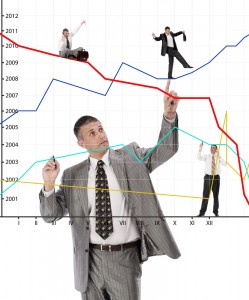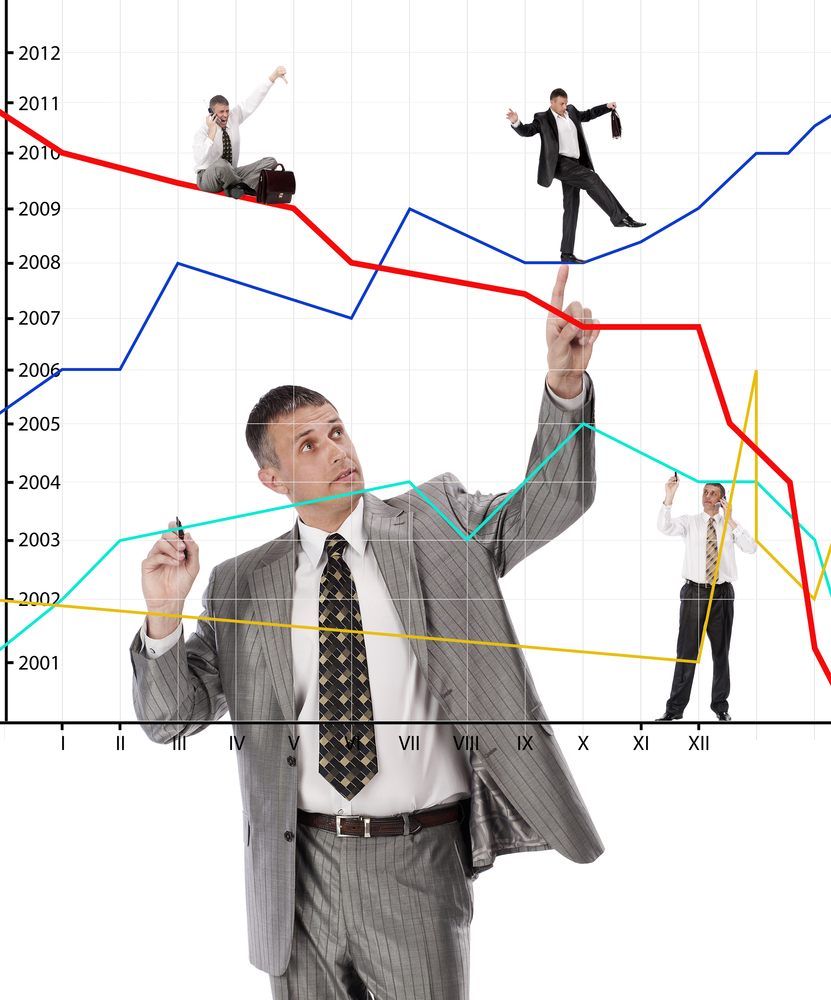 You must have heard one of the more common forex trading tips that says “Never buck a trend”. In essence, what this means is to trade in the direction where the market is headed, and never against it. However, this advice is easier said than done, especially so since different traders using the same set of market data have different opinions about where the market may actually be heading. The task is made even more difficult by the fact that by the time you recognize a trend using conventional technical methods, the trend may have been underway for a while such that putting a trade now may result in whipsaw losses as the market pulls back for a correction.
You must have heard one of the more common forex trading tips that says “Never buck a trend”. In essence, what this means is to trade in the direction where the market is headed, and never against it. However, this advice is easier said than done, especially so since different traders using the same set of market data have different opinions about where the market may actually be heading. The task is made even more difficult by the fact that by the time you recognize a trend using conventional technical methods, the trend may have been underway for a while such that putting a trade now may result in whipsaw losses as the market pulls back for a correction.
In retail forex trading, you should never forget that your trade is not even a drop in the bucket if you take the total forex market into account. Never make the mistake of studying the market and then trading with the thought that the market should move in your favor because your own study says so. In short don’t be an economist, be a trader. Much better, be a retail forex trader. This is another of the forex trading tips worth remembering.
If you are wondering if there is any difference between the regular forex trader and the retail forex trader then my answer is: there is a load of difference between the two. A regular forex trader is one who trades for big funds, for dealers, for institutional accounts, and for big banks. They have huge capitals to play around with, giving them the flexibility to adjust to any market situation at any given time. In other words, they have the volume and more often than not they even help each other out trading sticky market conditions.
On the other hand, retail forex traders are individual investors trading their own accounts delimited by their meager capital and put at further risk with the high leverage that comes with their trading. Pitted against the big boys of the industry, retail forex traders actually don’t stand a chance and as history will bear us out, they often end up as the milking cow of the bigger players in the industry.
Their only chance to profit from currency trading is to trade with the big boys of the industry, e.g. to trade along with the majority of the forex traders. You may want to point out that this is like saying ‘don’t buck the trend. It may be something easier said than done. Indeed, it is.
But it can be done if the retail forex trader can develop a sensitivity to which direction majority of the traders are pushing the currency market and what fundamentals or perceptions they are giving importance to in their trades. With so many data bombarding a forex trader every minute of the day, and with the big boys in the industry shifting positions every so often as necessary, it really may be difficult for the ordinary forex trader to determine where the majority of the traders are taking the prices.
However, there is one charting technique that for a while was popular among traders. Its importance and real value have often been misunderstood, but once understood well and carefully studied, can really help you develop the sensitivity to determining the underlying sentiment behind every price movement. This is the Japanese Candlestick Charting Technique. Used by Japanese traders for centuries, this charting technique captures every emotion – indecisiveness, fear, hesitation, overwhelming anxiousness, etc. – behind every price movement.
The charting technique presents these underlying sentiments in a very vivid and graphical manner. Its value lies in the fact that it gives a trader the ability to recognize what the majority of the traders feel about existing or perceived fundamentals as translated into actual trades. If you will just give yourself sufficient time to study this charting technique, you may well be on the way to developing a sensitivity to recognizing trends as they are just developing. And this is one of the best forex trading tips you will ever get.






Comments are closed.